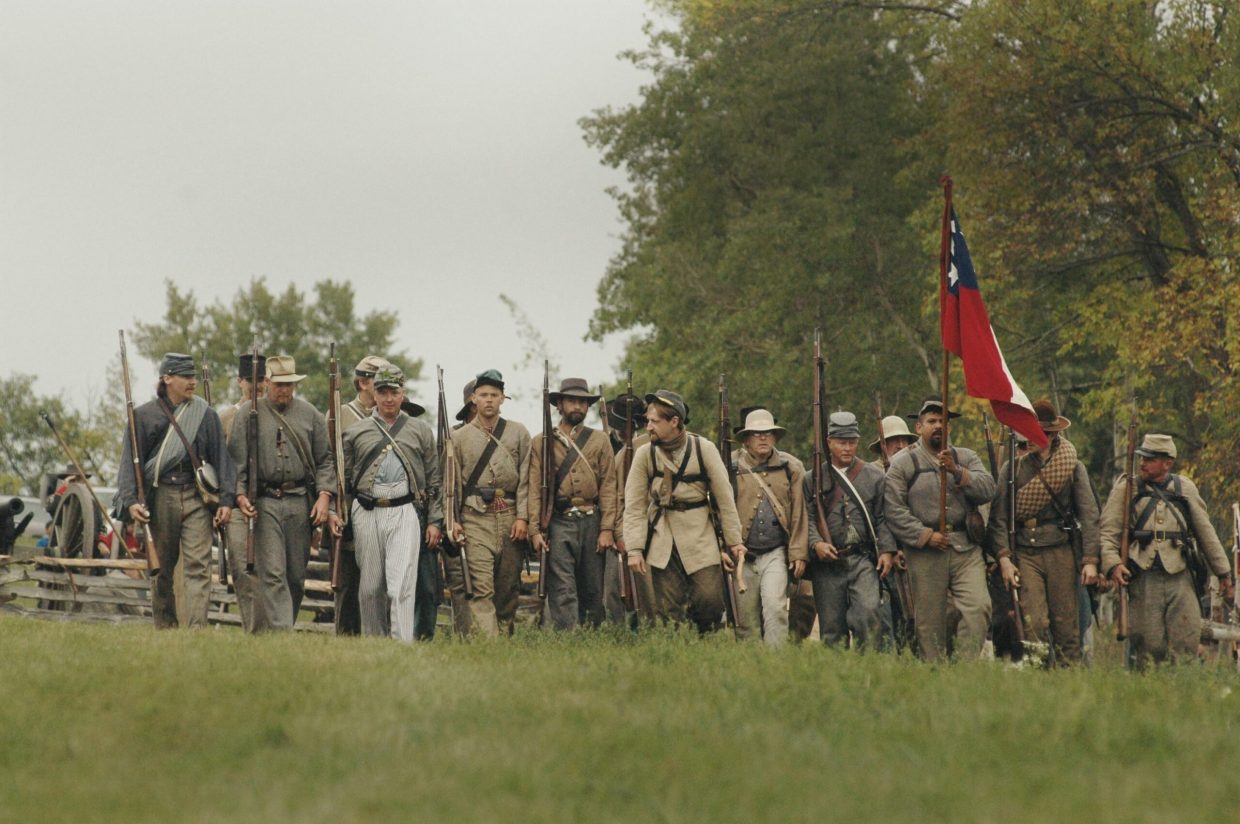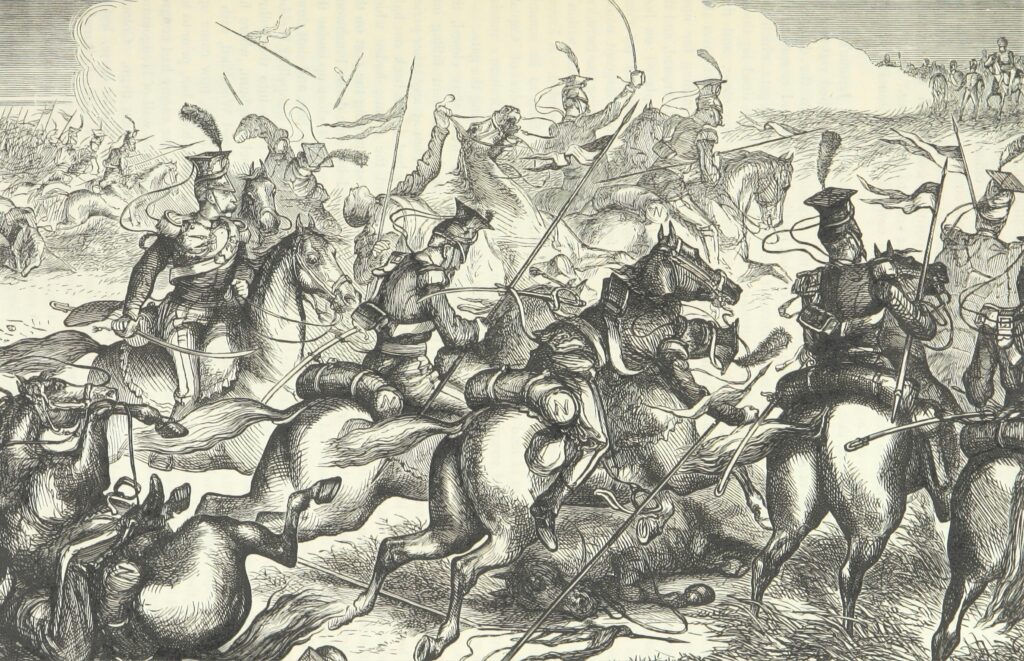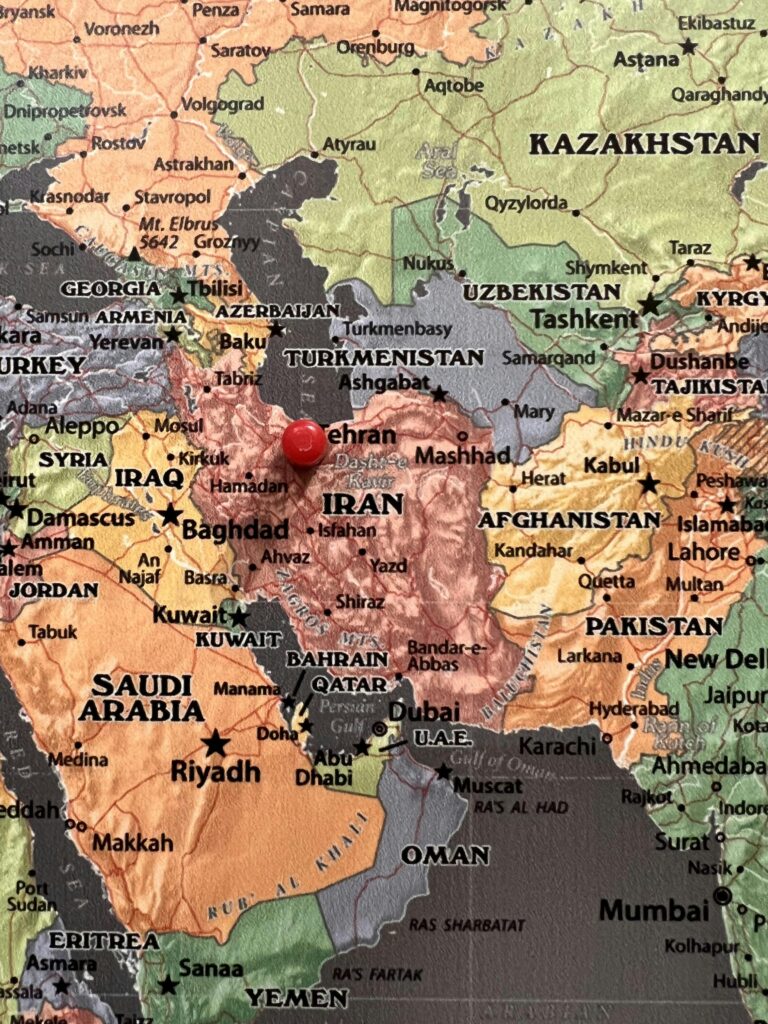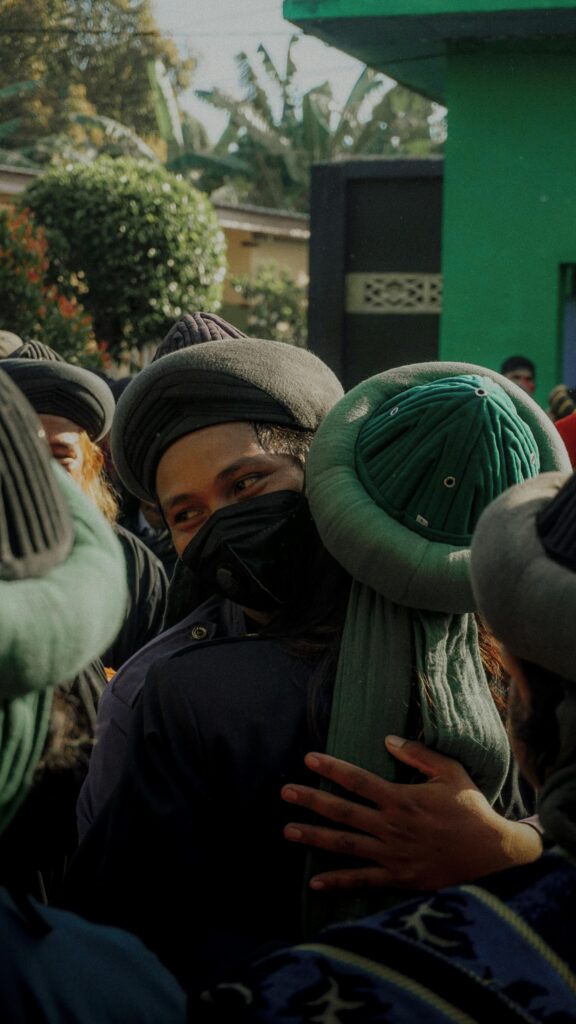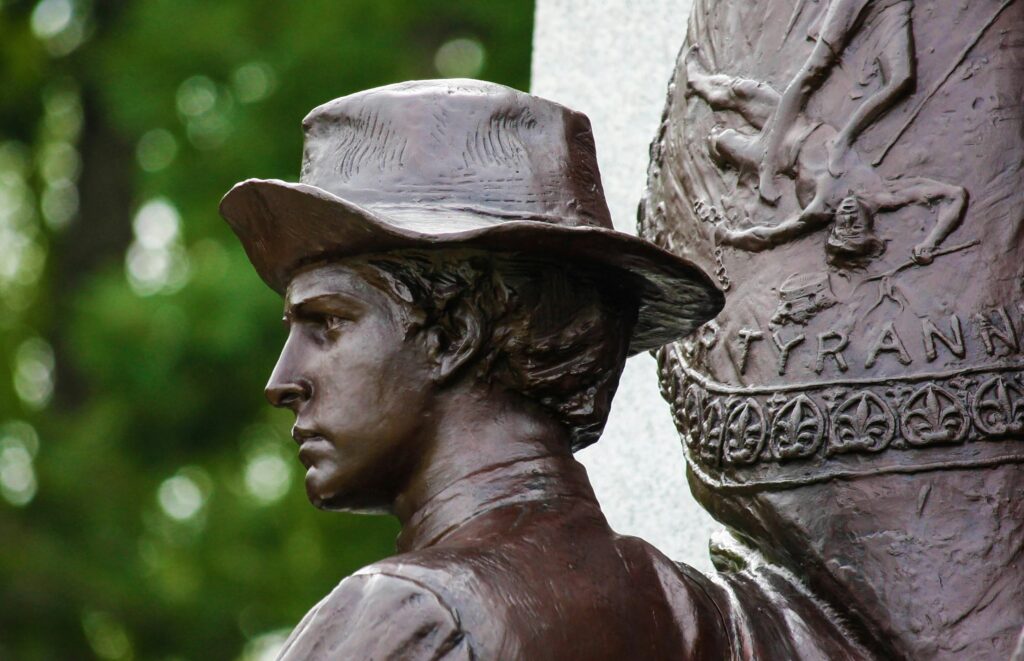The American Civil War, fought from 1861 to 1865, stands as one of the most defining chapters in the nation’s history. It was a conflict born of deep divisions over states’ rights, slavery, and the very future of the United States. As brother faced brother on battlefields from Gettysburg to Appomattox, the war reshaped the social, political, and economic landscape of the country. In exploring the key moments of this monumental struggle, we gain not only insight into the events that determined the Union’s survival but also a greater understanding of the enduring legacy that continues to influence America today. Join us as we journey through the pivotal battles, courageous leaders, and transformative outcomes that forged a new path for the nation.
Table of Contents
- The Battlefields That Changed the Course of History
- Lives and Stories Behind the Uniforms
- The Role of Technology in Shaping Warfare
- Reflecting on the Civil War’s Enduring Impact and Lessons
- In Conclusion
The Battlefields That Changed the Course of History
Few battlefields in history resonate as deeply as those forged during the American Civil War, where every skirmish, charge, and defense contributed to a defining moment for a nation divided. From the rocky hills of Gettysburg to the strategic waterfronts of Vicksburg, these grounds witnessed more than just military conflict; they became the cradle of transformation for a young republic. The clash of ideologies—between union and secession—was embroidered with stories of courage, sacrifice, and tactical ingenuity. Each battlefield echoes with the footsteps of thousands who believed their cause was just, leaving behind a legacy of resilience and a roadmap to the future of American democracy.
These pivotal encounters not only shifted the momentum of the war but also left an indelible mark on how warfare was conducted and remembered. Crucial lessons in leadership, logistics, and innovation emerged as commanders refined their strategies under immense pressure. Today, these sites serve as solemn reminders and educational havens, inviting visitors to reflect on a turbulent past. Among the many enduring takeaways are:
- The valor of individual soldiers who changed battle outcomes through sheer determination.
- Advancements in military tactics that informed future conflicts worldwide.
- The evolution of civil rights sparked by the war’s underlying causes and consequences.
Lives and Stories Behind the Uniforms
Behind every uniform worn during the Civil War lay stories of individuals whose lives were forever changed by the conflict. These soldiers, whether fighting for the Union or the Confederacy, were more than just participants in battles; they were fathers, sons, and brothers driven by conviction, duty, and sometimes desperation. Their letters, diaries, and personal accounts provide a vivid tapestry of emotions—hope, fear, camaraderie, and heartbreak—that brings a deeper human dimension to the vast military maneuvers and political strategies.
Among the countless lives shaped by the war, a few stand out not only for their contributions on the battlefield but for their unique stories that illuminate the era’s complexities:
- Harriet Tubman – Beyond her fame as a conductor on the Underground Railroad, she served as a Union spy and scout, demonstrating courage that transcended traditional roles.
- Joshua Chamberlain – A college professor turned officer, whose leadership at Gettysburg exemplified bravery and tactical brilliance.
- Clara Barton – Known as the “Angel of the Battlefield,” she provided critical medical care to soldiers, changing the way war casualties were treated.
The Role of Technology in Shaping Warfare
The American Civil War marked a pivotal turning point where innovation dramatically redefined the battlefield. Advancements such as the widespread use of the rifled musket enhanced accuracy and range, shifting combat tactics from traditional close-quarter confrontations to more strategic long-distance engagements. The introduction of ironclad warships like the USS Monitor and the CSS Virginia revolutionized naval warfare, rendering wooden ships obsolete and demonstrating the growing importance of industrial technology in military power.
New communication methods also played an essential role, with the telegraph allowing commanders to coordinate movements and relay intelligence with unprecedented speed. This rapid flow of information reshaped command dynamics, making operations more fluid and responsive. Additionally, technologies such as:
- balloon reconnaissance for aerial observation,
- railroads enabling swift troop deployments,
- and new artillery designs increasing firepower and range
all contributed to transforming warfare into a more mechanized and methodical endeavor, a foreshadowing of modern military conflict.
Reflecting on the Civil War’s Enduring Impact and Lessons
The conclusion of the American Civil War marked not just the reunification of a fractured nation, but also set the stage for profound societal transformation. The enduring lessons from this conflict remind us of the complex nature of freedom, unity, and justice. It highlighted how deeply embedded divisions within a country can lead to devastating consequences, yet also how resilience and reconciliation can pave the way toward progress. The war’s aftermath forced the United States to confront issues such as racial inequality and federal authority, shaping policies that would echo through generations.
- The importance of preserving national unity, even in the face of intense disagreement.
- The ongoing struggle for civil rights and equal treatment under the law.
- The role of leadership and courage in times of national crisis.
Beyond the historical facts, the Civil War invites reflection on how societies heal and the challenges inherent in reconciling fractured communities. It reminds us that while laws and political reforms can change systems, deep cultural shifts require persistent effort and empathy. These lessons continue to inform modern conversations about division, democracy, and human dignity, emphasizing that the echoes of the past shape our path forward.
In Conclusion
As we reflect on the pivotal chapters of the American Civil War, it becomes clear that this defining conflict forged the very fabric of the nation we know today. The key moments—marked by profound sacrifice, courage, and struggle—continue to resonate through generations, reminding us of the enduring quest for unity and justice. Though the battles have long since ended, the legacy of the Civil War remains alive in the values and institutions that shape America’s ongoing story. By understanding these historical milestones, we not only honor the past but also gain insight into the challenges and hopes that have carried the nation forward.


